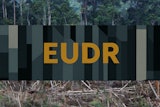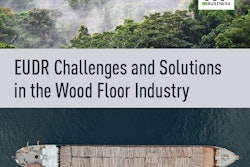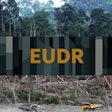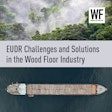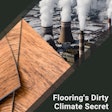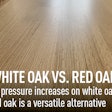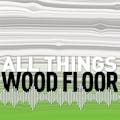The ISO is the International Organization for Standardization, and, as the name implies, the group develops and publishes International Standards.
Since 1947, they have helped develop nearly 20,000 standards covering technology and manufacturing conditions and work in more than 160 countries.
Interestingly, “ISO” is not just short for the International Organization for Standardization, but is also a specific designation that comes from the Greek word “isos,” meaning “equal.” That is why it is always called “ISO,” no matter what country you are working in. “ISO” is not just an abbreviation of the English, but a “standard” (pun intended!) form of identification for the organization.
Why is this a green alphabet notation? Because more and more we see manufacturers who are ISO certified, either under the “ISO 9000” series, which covers a variety of quality management topics, or with the “ISO 14000” series for environmental management. Note that both standards focus on management and procedures, rather than being product-specific.
There is also a new series you’re likely to see more of: “ISO 26000: 2010 Guidance on Social Responsibility.” The ISO site explains that this “provides guidance rather than requirements, so it cannot be certified to unlike some other well-known ISO standards. Instead, it helps clarify what social responsibility is, helps businesses and organizations translate principles into effective actions and shares best practices relating to social responsibility, globally. It is aimed at all types of organizations regardless of their activity, size or location.” The site continues noting that “the standard was launched in 2010 following five years of negotiations between many different stakeholders across the world. Representatives from government, NGOs, industry, consumer groups and labor organizations around the world were involved in its development, which means it represents an international consensus.”
Being ISO Certified (or following the Guidance standards) is recognized by LEED as a way to contribute to their green building program. One of the new options in the material resources category of LEED v4 recognizes “products with a publicly available, critically reviewed life-cycle assessment conforming to ISO 14044 that have at least a cradle to gate scope” as well as “Environmental Product Declarations which conform to ISO 14025, 14040, 14044, and EN 15804 or ISO 21930 and have at least a cradle to gate scope.”
A different portion of the v4 Material Resources Category looks at the sourcing of raw materials and, among other options, will consider contributions for products produced by manufacturers with “Third-party verified corporate sustainability reports (CSR) which include environmental impacts of extraction operations and activities associated with the manufacturer’s product and the product’s supply chain, are valued as one whole product for credit achievement calculation. Acceptable CSR frameworks include ISO 26000: 2010 Guidance on Social Responsibility.“
So, it is time to know your ISO!










